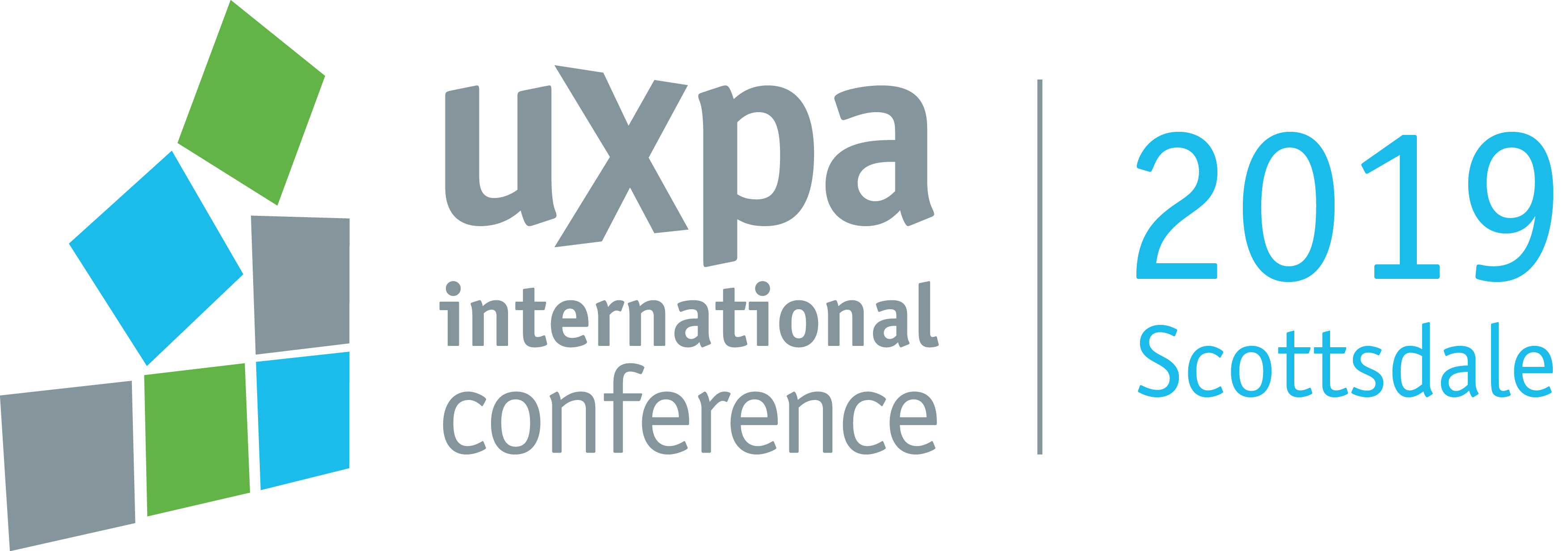


We are looking for new and experienced practitioners alike to share stories, lessons, and tricks of the trade. Submissions will be accepted until October 8, 2018 at 11:59pm PST.
About submitting to present at UXPA 2019:
Presentation sessions focus on a practitioner’s ideas and experience with usability methods, skills, philosophy, design, business case studies, or other relevant topics. Speakers should plan ample time for innovative audience participation within the 60-minute allocation.
Panels can cover the same areas of interest as presentations or go little beyond the traditional UX topics. Good panel topics are the ones with different aspects to discuss on. There should be 3-5 domain experts as panelists representing different perspectives or aspects to the topic at hand. Submissions should include a short, anonymous position statement from each potential panelist. Like previous years, 2019’s panels will have a 60-minute time slot.
UXPA pre-conference courses allow attendees to extend their knowledge with half-day and full-day sessions led by experienced and skilled UX professionals. These courses are classroom-style sessions, where instructors teach attendees specific user experience knowledge or skills. Courses will include presentations covering in-depth explorations of a topic, as well as discussions and activities to allow attendees to share and practice their new skills.
We are looking for courses on a range of topics, including design, evaluation, research, and UX management. Courses can be targeted for novice or advanced user experience professionals, or for a more general UXPA audience.
Note: Course leaders are entitled to an honorarium, either in the form of direct payment ($1,000 for full day and $500 for half day) or greater conference registration discounts (TBD).
Posters are a way to present research results, new ideas or concepts in an informal, visual and interactive manner. Presenting is very informal: a few people will gather around as you talk them through your poster. Make sure to include what you did, why, how and what you’ve learned. It’s a great first step into presenting at conferences. Your research, ideas or concepts don’t need to be complete; you can even use the session to pick the brains of professionals to help move your thinking forward.
It’s often helpful for submitters to include an image depicting the planned layout of the poster. There is no official template for posters, so be creative and find the best way to tell your own story. Selected poster presenters will be responsible for printing their own posters.
Career Development and Management
Whether you’re thinking about your next career move or planning to continue growing at your current organization, it can be important to consider your goals and the steps you can take to get there. This track is all about growing and developing as UXers, and navigating the challenges of UX management. Some key topics include:
Design Psychology
Have you used knowledge of psychology and human factors to create usable, findable, useful, and desirable experiences? The Design Psychology track welcomes submissions from all areas of design (visual, graphic, front-end, content, user interface, interaction, information architecture, industrial, etc.) that discuss:
Innovation and Emerging Technologies
The practice of UX continues to rapidly evolve beyond the desktop. People’s interactions and experiences are taking place over multiple online and offline platforms. What is the latest and greatest technology you are working with? What do you foresee happening in the near future in these areas:
Interaction and Visual Design
Many UX practitioners who don the label of “interaction”, “web”, or “visual/graphic” designer often wear many hats but are primarily responsible for crafting a desirable, pleasing, and memorable experience between the user and the product. What are the new set of concerns and challenges that you face today as a designer? How has the role of visual, or interaction designer evolved in the rapidly changing field of digital product design? Areas of concern may include:
Tools and Techniques
There are a wide variety of techniques and tools UXers use to be better at what they do. There are tools to be more productive, save time or money, communicate, move a project along, or simplify a process. How have you used any of the following to achieve those goals?
UX Strategy
Many claim the next step in the evolution of UX is becoming more strategic. How simple should it be to get UX practitioners to get involved in the bigger decisions and longer-term direction of the business? How can we simplify our own processes and bring greater efficacy and efficiency to our UX work? Subcategories would include: